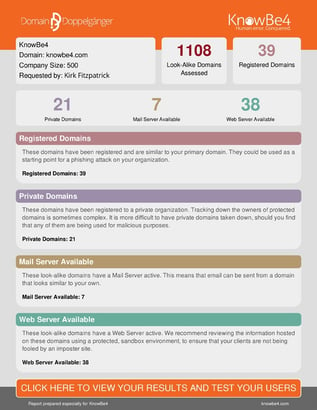 A new “so-phish-ticated” attack uses phone calls, social engineering, lookalike domains, and impersonated company VPN sites to gain initial access to a victim network.
A new “so-phish-ticated” attack uses phone calls, social engineering, lookalike domains, and impersonated company VPN sites to gain initial access to a victim network.
This is one of the most advanced initial access attacks I’ve seen. Security analysts at GuidePoint Security have published details on a new attack that tricks users into providing the attacker with credentialed access.
Here’s the quick rundown of the attack techniques used:
- The attacker calls the victim user on their mobile claiming to be the helpdesk
- They tell the user there’s a VPN login issue and direct them to an impersonated VPN logon site
- The user provides their credentials (which are captured by the attacker
- The attacker simultaneously logs on to the legitimate VPN site with the credentials and prompts the user for the MFA code sent to the user’s mobile phone
- Once access is granted, they get to work scanning the victim network to identify targets for lateral movement, persistence, and further privilege escalation.
To pull this off, the attacker needs a number of parts of the attack to be in line:
- The company, name, and mobile phone number of the victim user
- A believable lookalike VPN site domain name
- A spoofed VPN site with the victim’s organization’s logo
- VPN Groups from the actual victim organization’s VPN logon page
- A social engineering script that makes the experience believable to the user (so they don’t report it to IT)
It’s evident that this attacker focuses on organizations using specific VPN technologies that aid in their socially engineered experience for the user. What is also evident is that any user that has undergone security awareness training should be able to easily identify all of these social engineering red flags.
This attack shows you just how far initial access brokers will go to compromise your network. So, make sure your users are vigilant and play a role in keeping the organization secure.
KnowBe4 empowers your workforce to make smarter security decisions every day. Over 70,000 organizations worldwide trust the KnowBe4 platform to strengthen their security culture and reduce human risk.
 Here's how it's done:
Here's how it's done:




